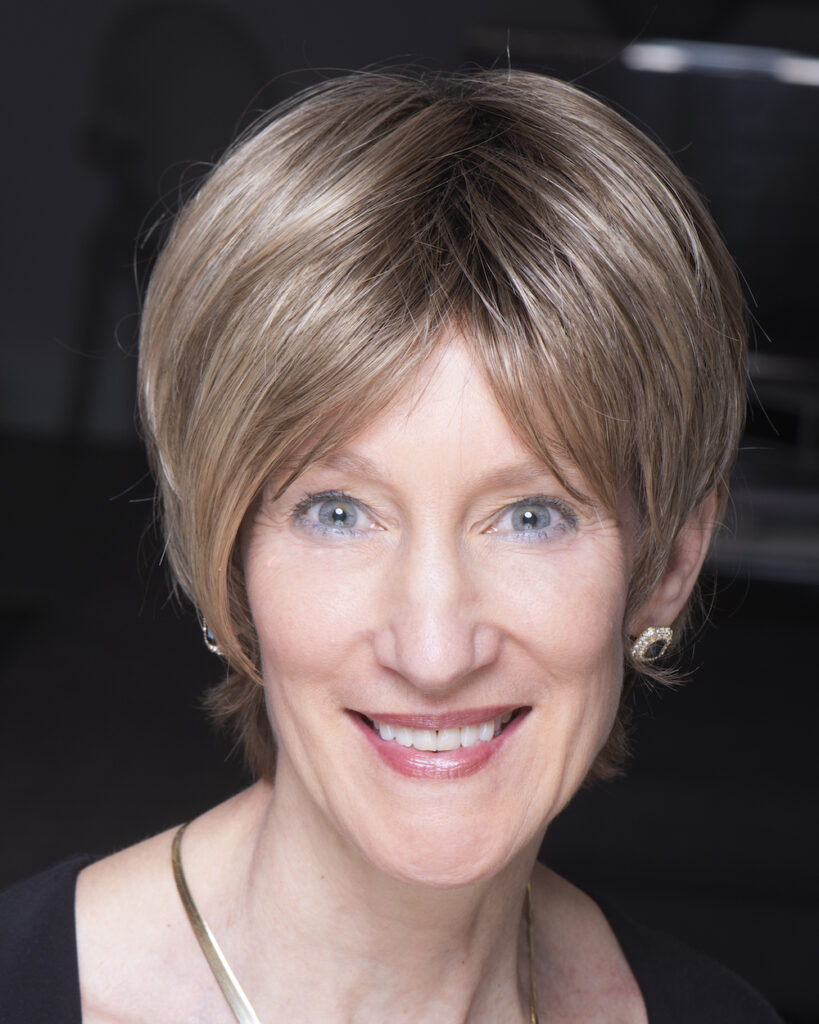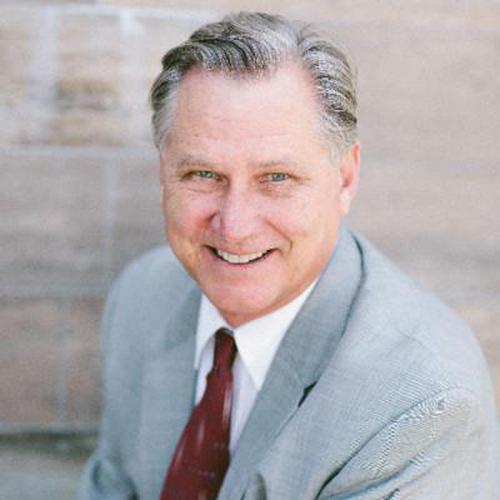The reverse mortgage industry, as with virtually any other business, has a greater ability to thrive when more people decide to enter it. With some companies focusing on helping traditionally forward mortgage loan officers make a transition into reverse either as a new full-time focus or to add to their repertoire of offerings, those LOs may find that transition to be far more complicated than shifting their proverbial “transmissions” from “D” to “R.”
This is precisely why some reverse mortgage professionals are so ready and willing to share advice with their forward mortgage counterparts in an effort to streamline that transition, and to allow new reverse mortgage professionals to enter the space. The road from forward to reverse isn’t always smooth, but more and more reverse professionals are ready and willing to offer advice on how interested parties can make the jump.
This is according to a panel discussion which took place at RMD’s virtual event HEQ: The Future of Home Equity in Retirement earlier this month.
Patience is a key virtue
If someone primarily operates with younger, first-time homebuyers before making a transition into reverse mortgages, the specifics of the process have the potential to be strikingly different and require the loan officer to sometimes severely adjust their speed in handling the details of a transaction. In some cases, this also applies to getting a client to a proverbial “starting line” even before some of the transaction’s first tasks can be accomplished.

This is according to Laurie MacNaughton, reverse mortgage specialist with Atlantic Coast Mortgage operating in the Washington, D.C. area. Sharing a recent experience to punctuate her point, people unaccustomed with the specifics of the reverse transaction must have a key virtue at the front of their minds in order to adequately and successfully originate a reverse mortgage for a client who may be far more advanced in age when compared with typical age ranges on the forward side.
“I came from outside the industry. I had no forward lending experience when I got into reverse,” MacNaughton says. “So, the one thing I would say to anybody looking at the reverse space is ‘patience, patience, patience.’”
This may seem like a “weary trope,” MacNaughton says, but getting a senior to the point where they can begin to check off necessary tasks can be challenging especially as new, unfamiliar technologies may be important for a senior to make an attempt to grasp, especially as the COVID-19 coronavirus pandemic has shifted more general business into digital venues.
“I thought of a perfect example last night,” she says. “I sat right here at this desk for an hour-and-a-half while I helped an 84-year old set up a Gmail account, and then download Zoom because we have a closing later in the week, an e-closing. What would have taken any of us five minutes to do, tops, it took me an hour and a half to walk her through on the phone.”
Adjusting the pace at which a traditionally forward mortgage loan officer works is an essential part of the transitional process between forward and reverse, and that applies in two ways: slowing down generally, and aiming to match the pace at which the borrower operates, she says.
“When you get into the reverse space, patience means not just slowing down your pace, but you get the whole package of the older homeowner, and you have to really be willing to slow down your pace to match their pace,” MacNaughton advises.
Commitment is key, and understanding the difference reverse can make
Making the transition into reverse mortgages from a starting position in the forward space requires a lot of dedication, since there are often significant differences in the processes that govern both types of loans. That transition can be daunting without additional guidance according to Scott Harmes, national manager of the C2 Reverse division of C2 Financial Corp in San Diego, Calif.

“I think the real key is to commit,” Harmes says. “It is a totally separate lending specialty, with a lot of different considerations. It’s a different ecosystem than the forward world. I agree with Laurie, you really do have to have patience. But, as a reward for that patience, the value you’re bringing to your senior clientele is immense, it truly is.”
Understanding that value to the senior clientele was key for Harmes in making his own transition from the forward mortgage arena, he explains. For him, the transitional process was not a smooth one, but it made a significant impact on him and gave way to the commitment he now brings to the reverse space.
“I really got involved in reverse by accident,” he says. “I was an episodic originator on my very first reverse [transaction, and it was] really not a good experience for me because I was scrambling trying to figure out what the heck I was doing. But, for the parents of repeat forward borrower, it was very valuable, and that one loan changed my career.”
The importance of values
Guided by the difficulty that governed his original foray into reverse, Harmes spearheaded the development of C2 Reverse’s training certification and origination program, designed to help forward loan officers make their own transition into the reverse space. Guided by the difficulty of his own transition, that program aims to reduce some of the pain points involved in making the jump.
“I want to see other loan officers that are getting from forward to reverse have a much smoother transition into reverse than what I experienced 10-12 years ago, and that is by committing,” Harmes says.
Additionally, the ethical code which governs members of the National Reverse Mortgage Lenders Association (NRMLA) helps to put in perspective some of the key things to keep in mind for anyone looking to find a place for themselves in reverse, he says.
“Part one of the NRMLA code of ethics and professional responsibility is ‘values,’” he explains. “Four of those values require commitment: they are integrity, diligence, professionalism and competence. Competence is really the most important one in serving our senior clientele, so you really need to commit, then learn before you try to earn, and then practice your specialty.”





